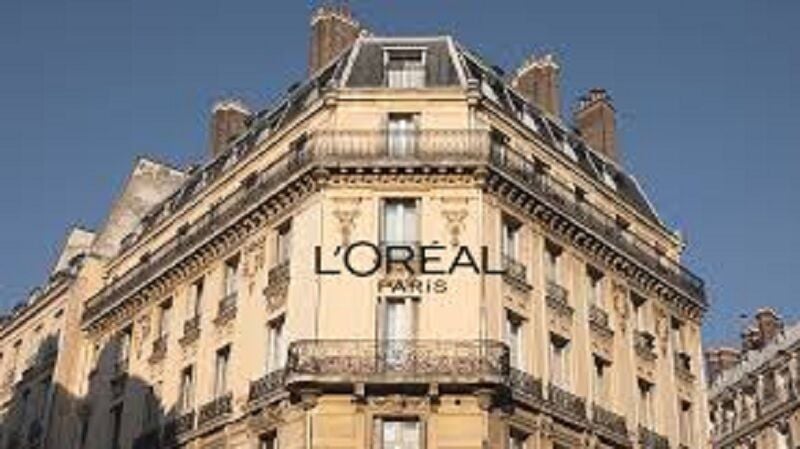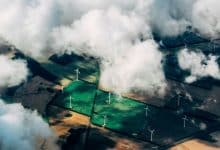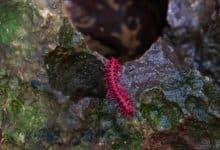L’Oréal commits to 100% recycled packaging by 2025

L’Oréal Group, with its vision L’Oréal for the future, has committed to sustainable business practices aiming for significant positive impacts on society and the environment by 2030. L’Oréal’s ongoing strategies include using recycled plastic packaging, renewable energy systems, and water conservation efforts. Additionally, the company has not tested products on animals since 1989, pioneering alternative testing methods to truly create beauty that moves the world.
L’Oréal has long recognised the necessity of addressing environmental issues. Though its products may not bear a Green or Clean Beauty stamp, the company prioritises respecting Planetary Boundaries, or the limits within which humanity can safely operate. Guided by science-based environmental targets, L’Oréal has been managing production, formula design, and packaging sustainably for many years.
Since 2005, L’Oréal Group has reduced carbon dioxide emissions from its factories and distribution centres by 81%, far surpassing its initial target of 60% by 2020. In 2013, the company made sustainability a crucial factor in developing beauty products.
By 2020, 96% of new or reformulated products would have improved environmental and social impacts. L’Oréal remains the only company globally to receive an AAA rating from CDP for eight consecutive years across climate change, sustainable water management, and forest conservation.
L’Oréal began designing environmentally friendly packaging in 2007, dedicating nearly 15 years to reducing the environmental footprint of its packaging. Efforts include lightweight designs to use fewer resources, switching to recycled materials, and creating reusable packaging.
Examples include refillable perfume bottles and recyclable containers for skin creams. The company has developed the Sustainable Product Optimization Tool (SPOT) to design products and evaluate their environmental and social impacts.
Cardboard-based packaging
In 2022, 97% of newly developed or improved products were more environmentally friendly, with 100% of these products assessed using SPOT. Additionally, 98% of the paper for product leaflets and 99% of the paper for packaging boxes came from sustainably managed forests. By 2023, 26% of the plastic used in packaging was from recycled or bio-based sources, with 85% of PET plastic packaging recycled.
By 2030, L’Oréal aims to reduce packaging density by 20% compared to 2019. Since 2020, it has used 100% recycled and recyclable plastic packaging for products like Elsève shampoo, Garnier micellar water, and Kiehl’s calendula toner. By 2025, all plastic packaging will be refillable, reusable, recyclable, or compostable. YSL’s Pure Shots Light Up Serum packaging, for instance, allows for significant resource savings compared to standard bottles.
In May 2020, L’Oréal introduced new cardboard-based packaging that reduces plastic use. By 2022, second-generation packaging for La Roche-Posay, available in Thailand, will reduce plastic use by 75% compared to standard tubes.
L’Oréal also prioritises sustainable water management. Five factories operate as water loop factories, where all water is treated, recycled, and reused. These factories are located in Burgos, Spain; Libramont, Belgium; and Vichy, Rambouillet, and Aulnay, France. By 2030, L’Oréal plans to ensure all product formulas are eco-friendly and aims to reduce water usage by consumers by 25% per product compared to 2016 levels.
In terms of Green Science, L’Oréal incorporates biotechnologies, Green Chemistry, and sustainable formulation science to meet sustainability goals. Currently, 65% of L’Oréal’s natural ingredients are bio-based or derived from abundant minerals, with 80% being easily biodegradable. By 2030, 100% of bio-based ingredients and packaging materials will be traceable and sustainably sourced.
L’Oréal is also committed to respecting biodiversity. In 2022, 96% of new or rebranded products featured improved environmental or social attributes. In 2021, 63% of its new ingredients were renewable, with 25% derived from green chemistry. By sustainably sourcing ingredients like soy and palm oil, and using certified paper products, L’Oréal ensures its products do not contribute to deforestation.
For over 20 years, L’Oréal has worked to reduce CO2 emissions from industrial activities and transportation. In Thailand, L’Oréal has adopted EV trucks for transportation. By 2025, all sites will use 100% renewable energy, and by 2030, new products will enable consumers to reduce CO2 emissions by 25% compared to 2016 levels. In 2023, 79% of L’Oréal’s global sites used 100% renewable energy.
L’Oréal Group, with its 37 leading brands and over 115 years of experience, aims to drive the world forward with sustainable beauty practices, delivering quality, safety, and environmental friendliness while promoting unique beauty for everyone, reported Sanook.
Latest Thailand News
Follow The Thaiger on Google News:


























